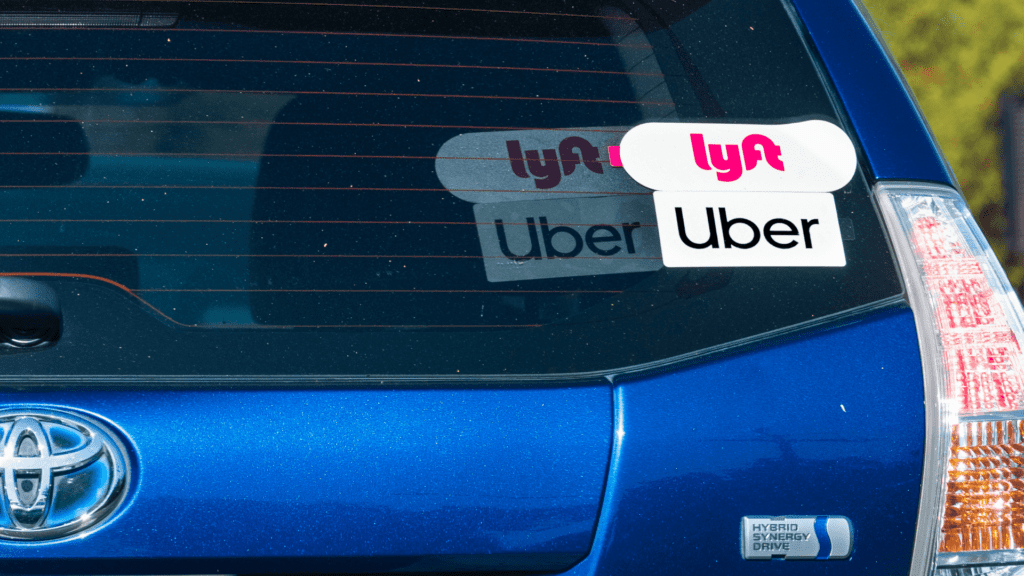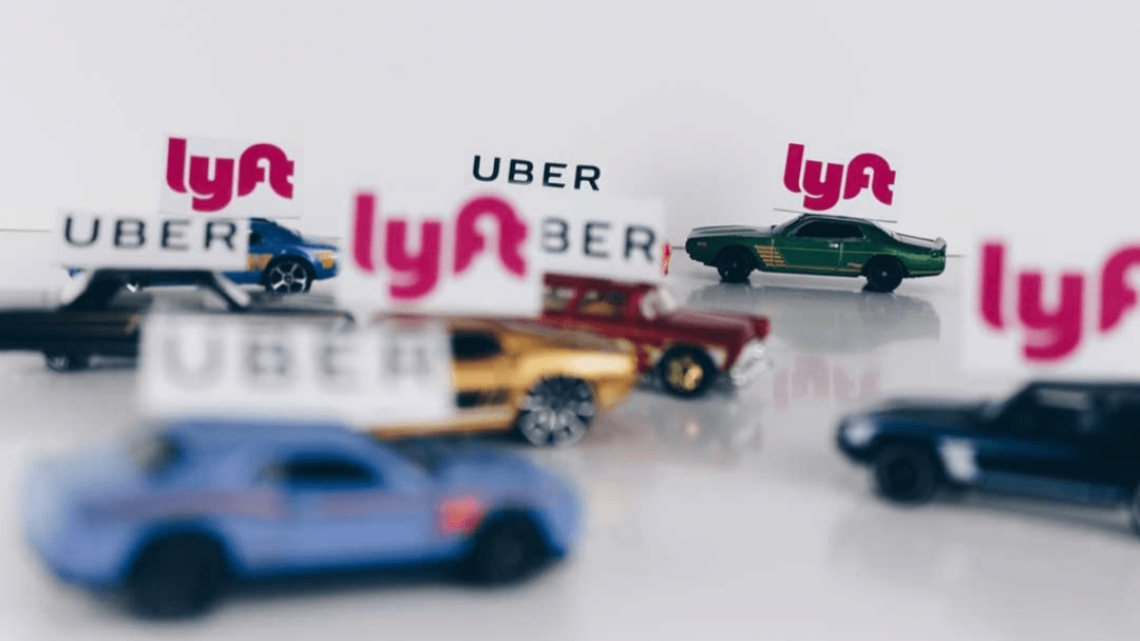In a previous blog, we highlighted ways you can maximize your tax deductions for this year, even without taking the steps needed to document your business income/expense and mileage tracking as a rideshare driver.
But, as we discussed, that leaves a lot of money on the table. Today, we’re going to several tax tips that rideshare drivers can use to save thousands of dollars when tax season rolls around.
Rideshare Tax Tip #1: Learn How Self-Employment Taxes Work
It’s important to know that as a rideshare driver, you are not an employee but an independent contractor of that company. When you receive a payment from your rideshare company, it is not a salary payment net of withholding tax.
This means that you are solely responsible for filing all your tax forms and paying taxes on income. Unfortunately, this responsibility can be challenging for many rideshare drivers. Below, we share ways to get ahead of the rideshare game by maximizing your tax deductions.
Remember: self-employed taxes work differently than employee taxes.
In addition to your income taxes, you may have to pay self-employment taxes. The Social Security and Medicare taxes are combined to make up the self-employment tax rate, and it is your responsibility to take care of these taxes. Now, you do not have to become an expert in filing taxes, but it is good to know some of the basics for your personal filing.
Related: Top 5 Tax Tips For Gig Economy Workers In 2025
For instance, you may be required to file quarterly estimated taxes on Form 1040-ES if you have been ridesharing on a frequent basis. When tax season comes around, you will have to report your self-employment income and expenses on your Schedule C, and if your net income from ridesharing was over $400 for the year, you will also have to fill out Schedule SE (Form 1040) for self-employment tax.

Keep up with your tax deductions
As a self-employed individual, business expenses can add up quickly. It’s important that you take advantage of deductions to reduce your tax burden, and tracking your expenses are going to be key. For example, the most important area you will look at for deductions is your car. There are two different ways to deduct your vehicle expenses:
IRS standard mileage deduction
If you decide to take the IRS standard mileage deduction, the 2025 standard mileage rate is 70 cents per mile driven for business use. The easiest way to track your mileage is with a mileage tracking app. Mileage apps like TripLog will help you create a detailed mileage log while automatically tracking your mileage for you.
Related: IRS Mileage Rate Explained | How Is The Standard Mileage Rate Determined?
Deduct vehicle operating expenses
Suppose you find that you can get a better overall deduction by deducting your actual vehicle expenses, assuming you have all of your receipts and documentation on file. In that case, you may deduct your expenses for:
- Regular maintenance
- Depreciation
- Registration Fees
- Gas
- Insurance
Regardless of the deduction you choose to claim, you must properly track and keep detailed records of your driving activity. For example, if you are claiming mileage deduction, it is crucial that you track your mileage with detailed mileage logs. If you are claiming actual driving expenses, you need to keep track of your supporting receipts, invoices, etc. to prove those expenses.
Other deductible expenses besides mileage include:
- Part of your cell phone expenses from rideshare work
- The technology used to perform your job
- Car insurance premiums
- Commissions paid to the rideshare company
- Snacks and refreshments for passengers
- Parking Fees
- Tolls
- Car washes
- AAA membership
- Oil changes, tune-ups, windshield wiper fluid, and other miscellaneous car expenses
Rideshare Tax Tip #2: Implement Automatic Mileage Tracking
When it comes to taxes, tracking your mileage is an important part of being a rideshare driver. If you are not tracking your miles, you are leaving money on the road.
For example, you can easily put over 500 miles on your car for the week. Using the 2025 IRS mileage rate, that could translate to a $350 deduction each week, which adds up to over $18,000 throughout the year. That is massive!

The cheapest way to keep track is manually; however, cheap does not equate to easy. You can buy a book or notebook and write down your mileage by the day in an IRS-compliant fashion. You must be disciplined to remember to do this every day.
Related: Why Small Businesses Are Vulnerable If Not Properly Tracking Mileage
But, by doing this, you are only adding another task to your list. What if you are in a bad mood or running late? The last thing on your mind will be logging miles.
Fortunately, there are mileage tracking apps that can help you automatically and manually track and log your rideshare miles. For a small annual fee, you can save a lot of time and hassle, as well as save thousands of dollars. You can also get all of your mileage information in a handy document that you can email to yourself or to your Certified Public Accountant.
Rideshare Tax Tip #3: Hire a Rideshare CPA
If you find it difficult to manage your own taxes, consider talking to a tax professional. There are dedicated tax professionals for rideshare drivers and small businesses.
They’re also usually knowledgeable about technology improvements you should make to achieve an efficient, manageable, and easy tax process. They will be able to assist you with filing your tax forms, selecting the right mileage tracking apps and accounting software, etc., to help answer your specific questions and maximize your deductions.
Related: 3 Reasons Why Your Small Business Needs An Accountant
Ditch Manual Mileage Logs and Start Saving Thousands Every Year
Overall, the biggest component of filing taxes as a rideshare driver is mileage tracking. The benefits are significant if you can track your mileage effectively.
TripLog has automatic and manual mileage tracking features that generate IRS-compliant mileage logs. In addition, our software integrates with accounting software like QuickBooks and ADP to help streamline your tax filing.
With the right mileage tracking app, you won’t have to worry about tax calculations. Instead of constantly logging miles in your journal every day, with a mileage app, you can focus more on your business needs while efficiently saving money.
To get started with TripLog’s company mileage features, download our app on iOS or Android, or feel free to schedule a complimentary live web demo. Thanks for reading!








